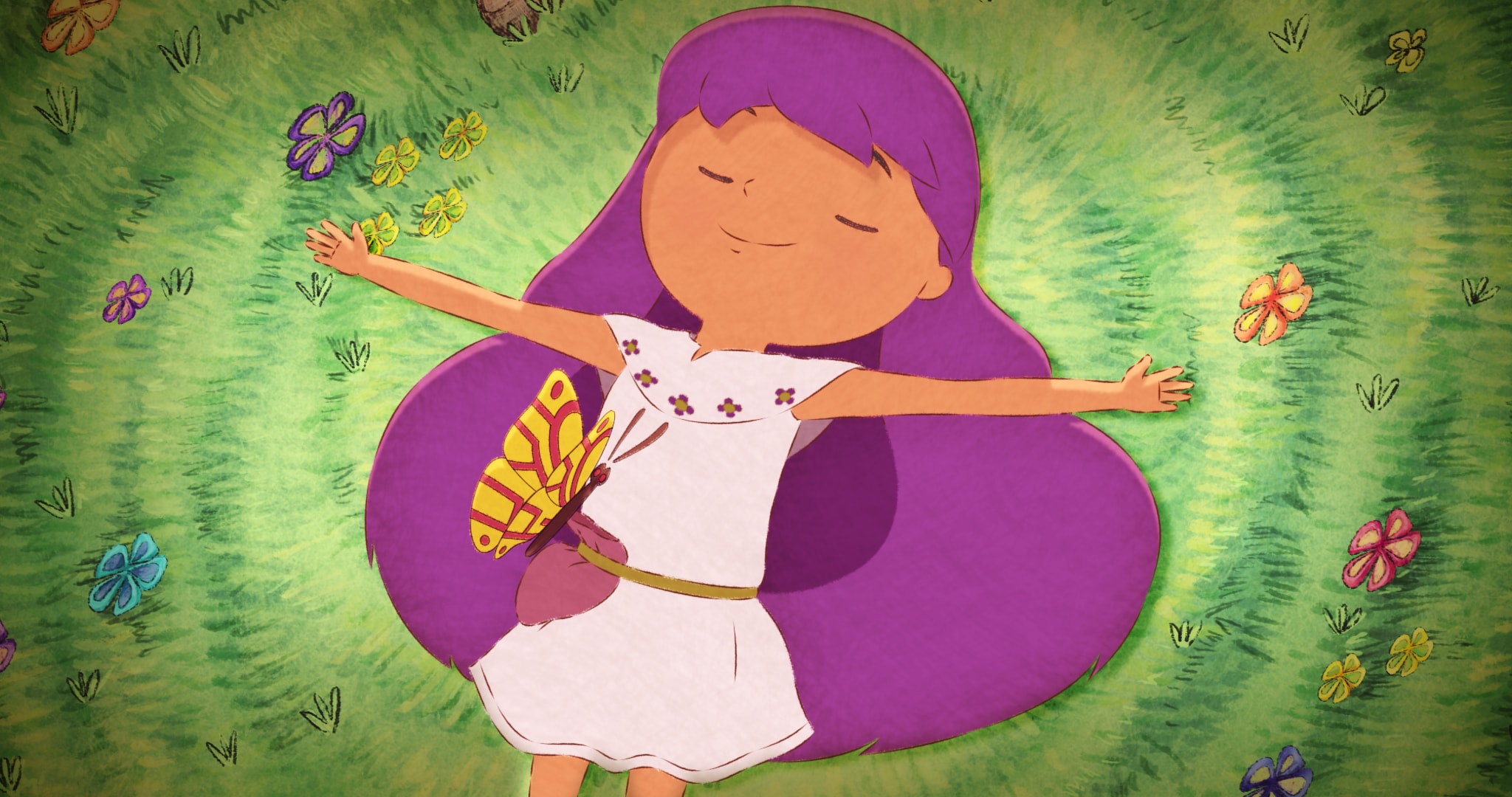Colombian director Marcela Rincón‘s hand-drawn animated feature El Libro de Lila (Lila’s Book) is a remarkable example of how the medium is flourishing in Latin America. The vibrant fable which screened at the Miami Film Festival, takes place between Cali – where Rincón is originally from – and an extraordinary kingdom fueled by imagination and creativity.
Ripped from the pages a children’s book, Lila finds herself in the physical world because one of her most avid readers, Ramón, has grown up and doesn’t remember her anymore. Hoping to save herself from the oblivion of being forgotten, she enlists Manuela, a local girl, and Ramón himself in order to recover the precious volume she used to inhabit from the Desert of Lost Memories. Along the way, it teaches audiences about the significance of honoring the past and its lesson – even if they hurt.
Beyond its merits as an entertaining production for children and adults alike, Rincón’s impressive work is also noteworthy for the way it portrays Colombia and its people. She developed an aesthetic that reflects her personal influences and the place where the story unfolds, and used that specificity in her inclusive and mindful approach to animation.
Here are five things that make El Libro de Lila the woke animated movie we need right now.
Lila, Ramón, and Manuela Represent Ethnic Diversity in Latin America
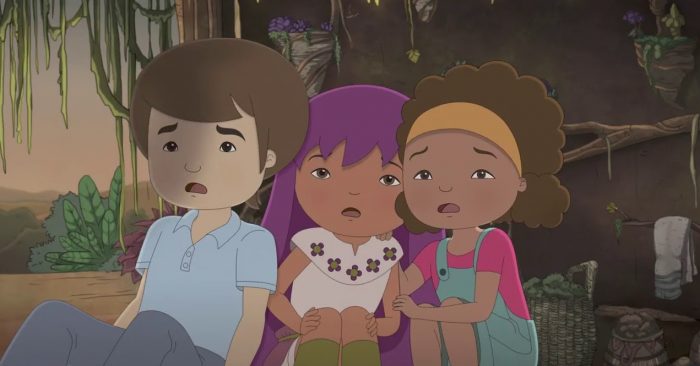
Although it’s never explicitly discussed within the story, it’s commendable to see the director made an effort to design her three main characters to represent the ethnic diversity of Colombia and in turn that of Latin America as a whole. Lila, the eponymous protagonist, is a fantastical character that is connected to nature. Her outfit, complexion, and spirituality reflect traits often seen as part of indigenous culture. Manuela, the loyal girl with an adorable dog named Tambor, appears to have mixed African heritage. Ramón, the boy who used to read Lila’s Book when he was younger, has lighter skin alluding to more European ancestry. There are also multiple Afro-Colombian characters.
La Guardiana de la Memoria is an Afro-Latina Heroine
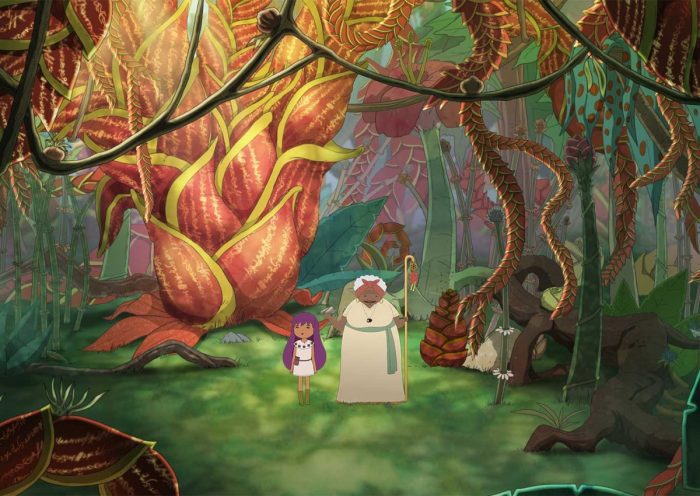
Voiced by Afro-Colombian cumbia singer Leonor Gonzalez Mina, also known as “La Negra Grande de Colombia,” la Guardiana de la Memoria reigns over the House of Memory, a jungle where everything that humanity must remember and value is kept. La Guardiana is wise and warm like many Latina grandmas, and she aides Lila on her journey to recover her book from the land of lost memories. On-screen, the character is also Afro-Latina. And as an added bonus La Guardiana sings throughout the movie making good use of the voice actress’ musical attributes.
Los Tralala are Like Minions, But Indigenous
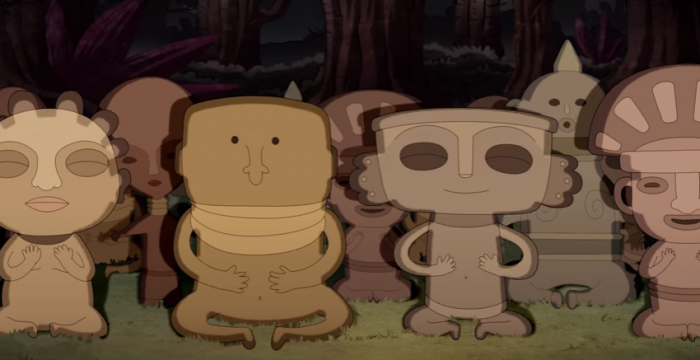
Inspired by Pre-Columbian sculptures, los Tralala are live figurines that represent all the ancient civilizations of the Americas and serve as protectors of the jungle. They support La Guardiana in her efforts to protect history and traditions. Los Tralala are essentially her minions, but with a culturally appropriate purpose. They are at once undeniably cute and intricately designed. Through them, the film brings indigenous art out of museums and into the audience’s consciousness.
The City of Cali Shines Bright
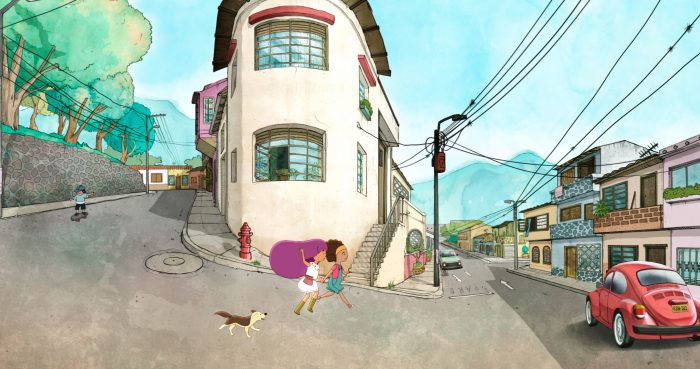
Further embracing its Colombian identity, El Libro de Lila uses the city Cali as its main setting when the action is not taking place in a magical realm. Highlighting its architectural beauty and lively atmosphere, the plot unfolds as the children walk through parks and plazas were street vendors, artists, and everyday Colombians can be seen as part of the colorful background. At different points during the adventure, multiple Cali landmarks come to the foreground, such as El Cerro de las Tres Cruces (literally a hill with three large crosses) or la Biblioteca del Centenario (a library with over 100 years of history).
It's a Powerful Story About Imagination and Valuing Your Roots
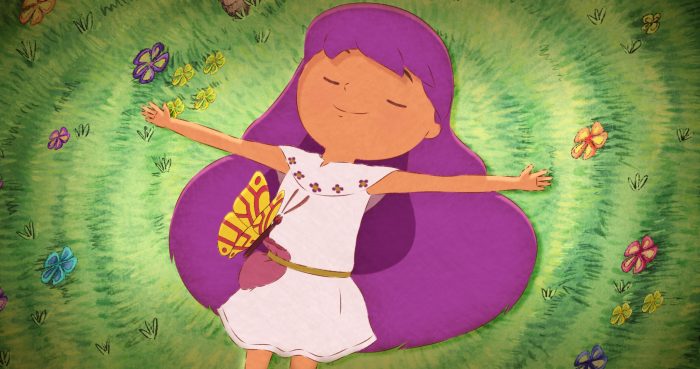
Being forgotten is Lila’s greatest fear because it would mean that Ramón has simultaneously lost touch with the memories that shaped his personality and that his innocence is fading away. Without the ability to use imagination to solve problems or see the world in a new light, cynicism is bound to set in. This charming animated tale makes a case for the importance of safeguarding our childlike curiosity and for us to value and respect where we come from, not only regarding our immediate families, but also considering the bigger picture in terms of our roots and ancestors. It’s easy to be misled when you don’t know who you are.



